Strawberries might be one of the most familiar fruits in your kitchen, but they’re hiding some seriously surprising secrets. Beyond their sweet flavor and heart-shaped charm, these berries are full of quirky facts, hidden health perks, and even a few tricks up their leafy sleeves. Whether you grow them, eat them fresh, or stir them into summer desserts, there’s a lot more to strawberries than meets the eye.
Did you know they’re not technically berries, or that they can clean your teeth better than some commercial products? From their unusual family tree to the reason they show up in everything from shampoo to salad, strawberries are doing way more than just tasting good. They’ve been used in medicine, art, and even as romantic symbols for centuries.
These fun and juicy facts might just change the way you look at that next strawberry shortcake—or inspire you to grow a patch of your own. Either way, there’s no better time to learn about them than right now, at the peak of strawberry season.
Strawberries Are Not Actually Berries
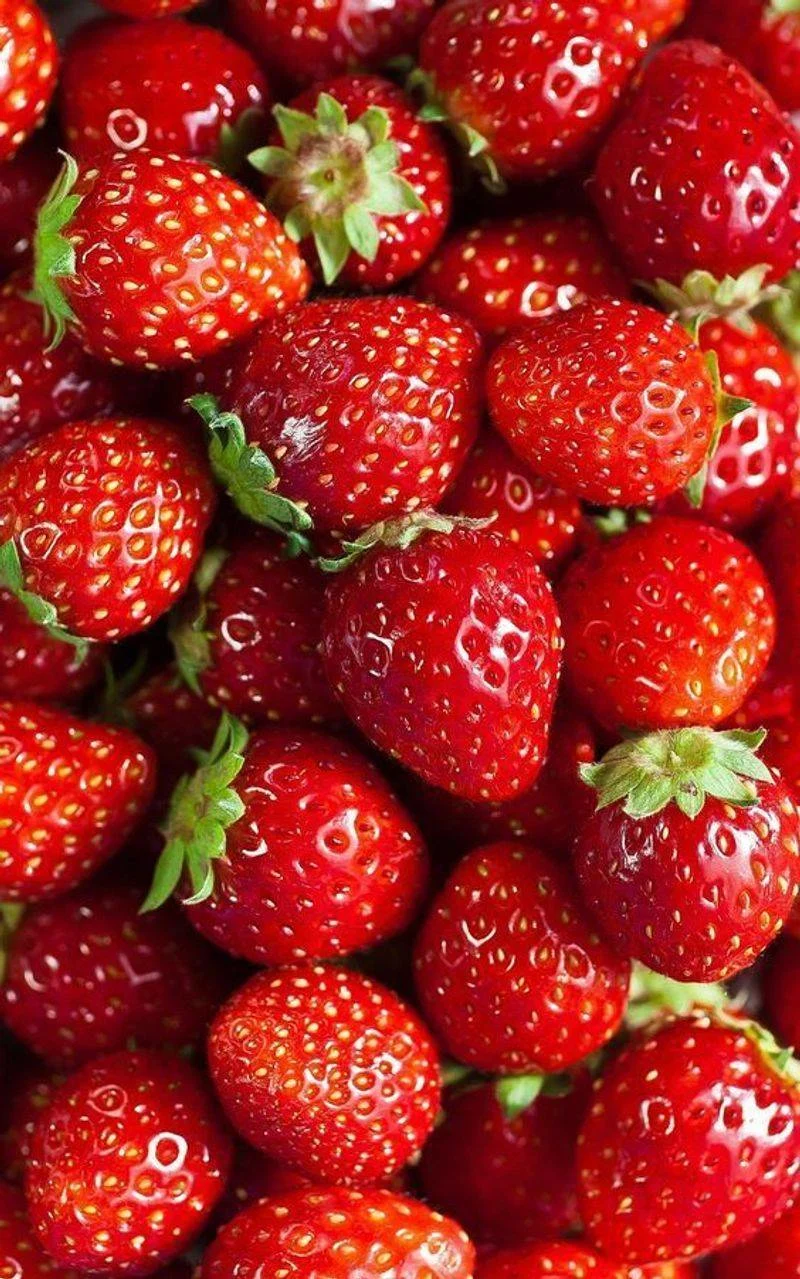
Botanically speaking, strawberries don’t qualify as berries. True berries, such as blueberries and cranberries, develop from a single ovary. Strawberries, however, belong to a category known as “accessory fruits,” because the fleshy part is derived not from the ovaries but from the receptacle that holds the ovaries. Each visible seed on a strawberry is considered an individual fruit. This categorization may surprise those who associate strawberries with other berries, but it highlights the complexity and wonder inherent in nature’s designs. Despite this technicality, strawberries remain a cherished staple in the berry-loving community.
Ancient Romans Used Strawberries for Medicinal Purposes
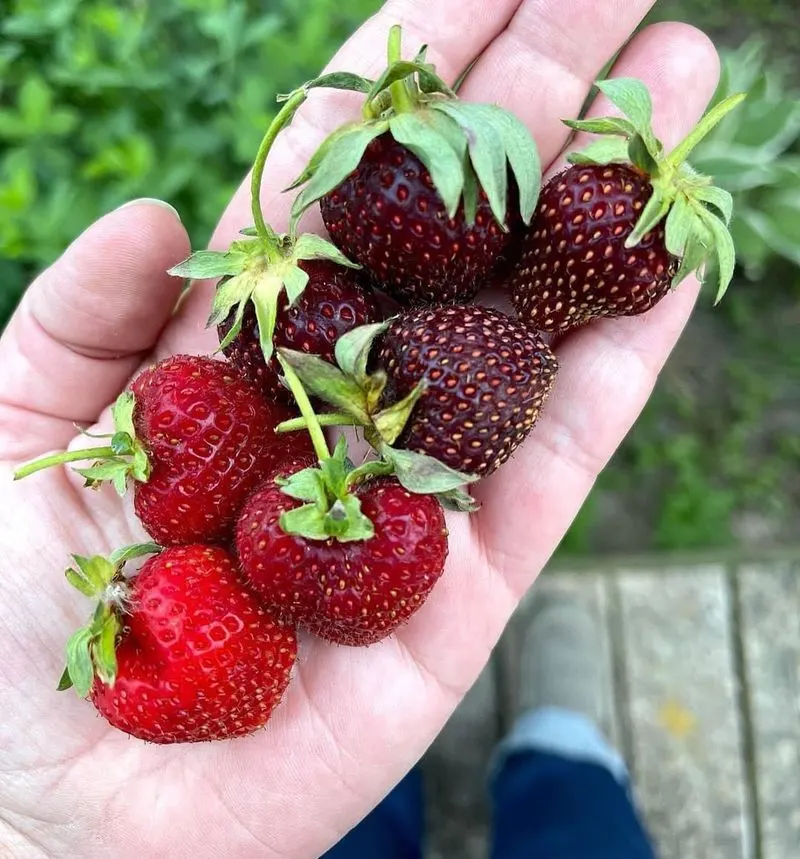
In ancient Rome, strawberries were cherished not just for their flavor but for their healing properties. Romans believed that strawberries could cure a wide array of ailments, including melancholy, inflammations, and fever. The fruit’s use in Roman medicine underscores its enduring appeal and multifaceted value. While modern science has evolved, these early applications reflect the historical significance and versatility of strawberries. This historical tidbit adds an intriguing layer to the fruit’s cultural narrative, showcasing its journey through time as both a food and a form of natural medicine.
Strawberries Have More Vitamin C Than Oranges
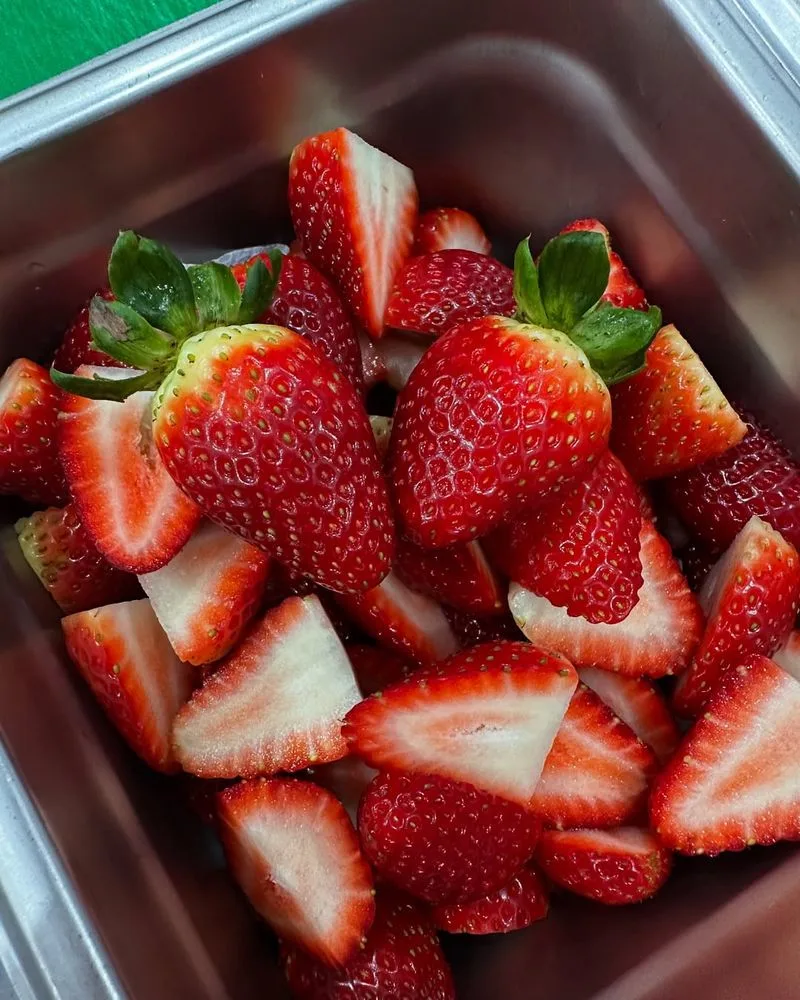
When it comes to vitamin C, strawberries outshine even the mighty orange. A single serving of strawberries provides more vitamin C than an orange, making them a powerhouse for boosting the immune system and promoting healthy skin. This surprising fact might make you reconsider your go-to source for this essential nutrient. Strawberries’ vitamin-rich composition doesn’t just support health; it adds a vibrant burst of flavor and nutrition to any diet. Incorporating strawberries into daily meals can be a delicious way to enhance well-being and explore new culinary delights.
The Strawberry Plant Is Perennial
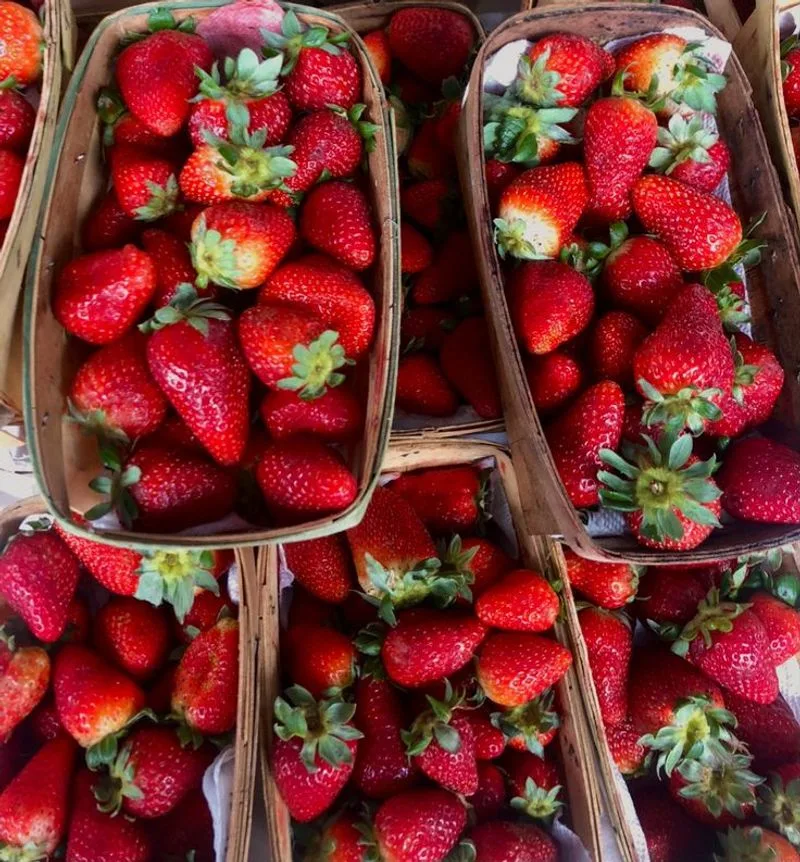
Unlike annual plants that complete their life cycle in one growing season, strawberry plants are perennial. They persist year after year, emerging anew each spring. This enduring quality makes strawberries a gardener’s delight, providing continuous yields and requiring less replanting effort. Cultivating strawberries can lead to a rewarding experience, as their perennial nature contributes to sustainability and long-term enjoyment. Their ability to thrive over multiple seasons ensures that strawberries remain a beloved staple in gardens and on tables, bridging the gap between nature and nourishment.
There Are Over 600 Varieties of Strawberries
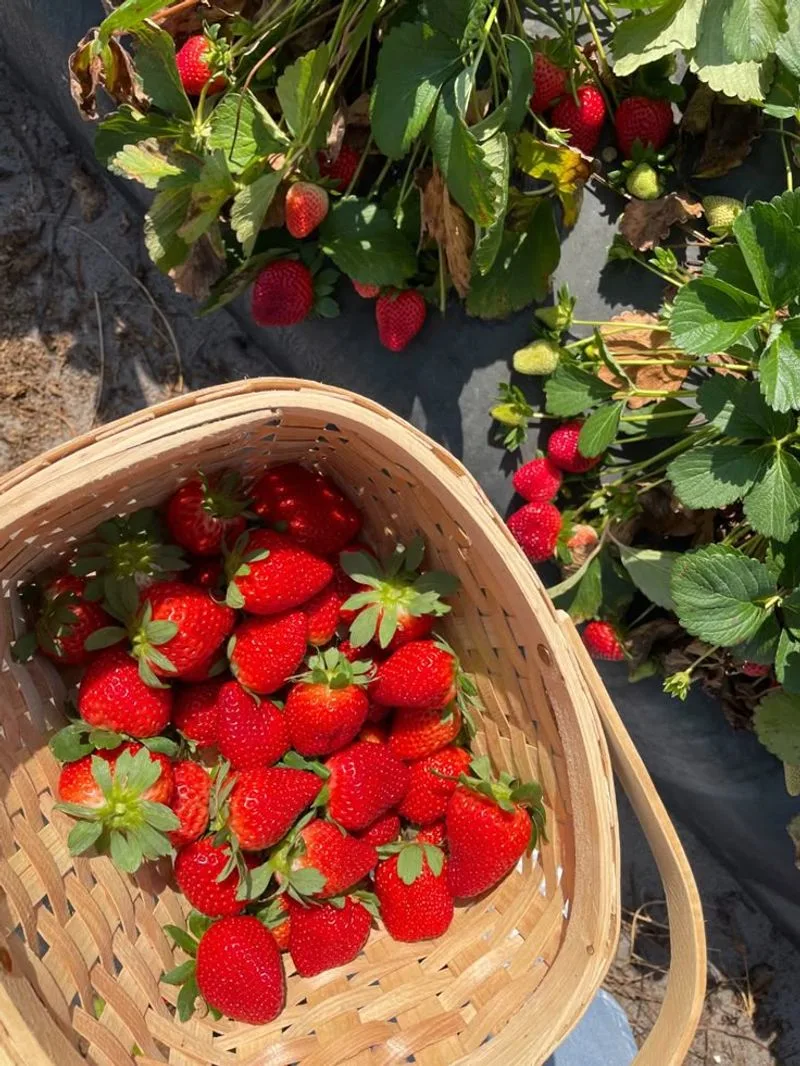
Strawberries come in a stunning array of shapes, sizes, and flavors, with over 600 recognized varieties. From the small and intensely sweet Alpine strawberries to the larger, juicier June-bearing types, there’s a strawberry for every palate. This incredible diversity showcases the adaptability and appeal of strawberries across different climates and culinary traditions. The sheer variety available allows for exploration and discovery, whether you’re growing them in your garden or enjoying them in your kitchen. Each variety brings its unique twist on the classic strawberry taste, enriching the fruit’s global appeal.
White Strawberries Exist and Are Called Pineberries
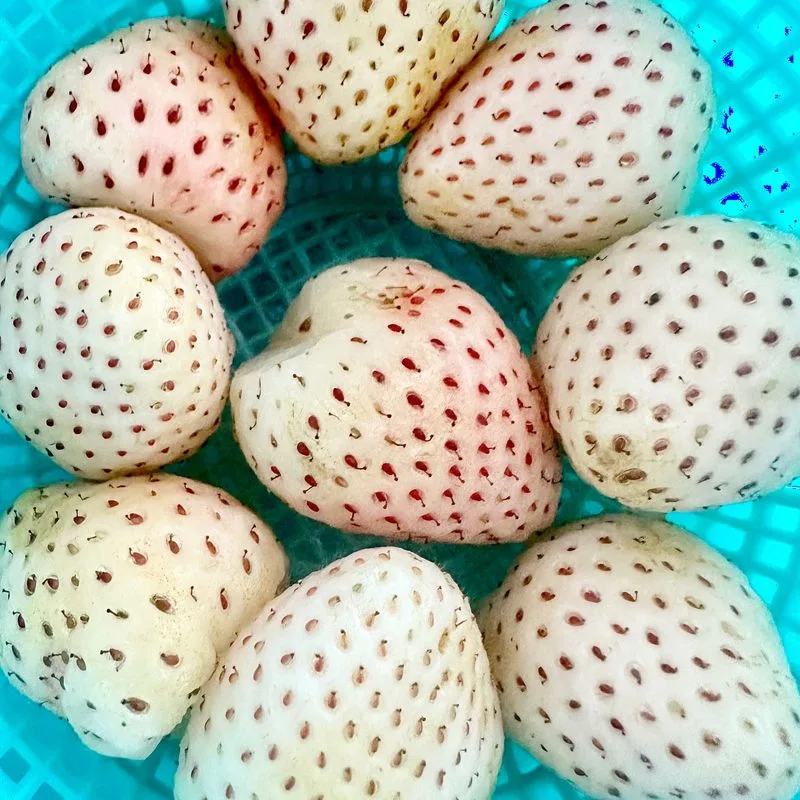
Among the strawberry family, the pineberry stands out with its unusual appearance. These white strawberries, speckled with red seeds, offer a flavor reminiscent of pineapple. While not as widely known as their red counterparts, pineberries provide a unique tasting experience. Their distinct look and flavor have made them a curiosity among fruit aficionados and a delightful addition to gourmet dishes. Pineberries show that strawberries’ charm goes beyond the familiar red hue, inviting adventurous eaters to explore new tastes and expand their fruit repertoire.
The Strawberry Is a Member of the Rose Family
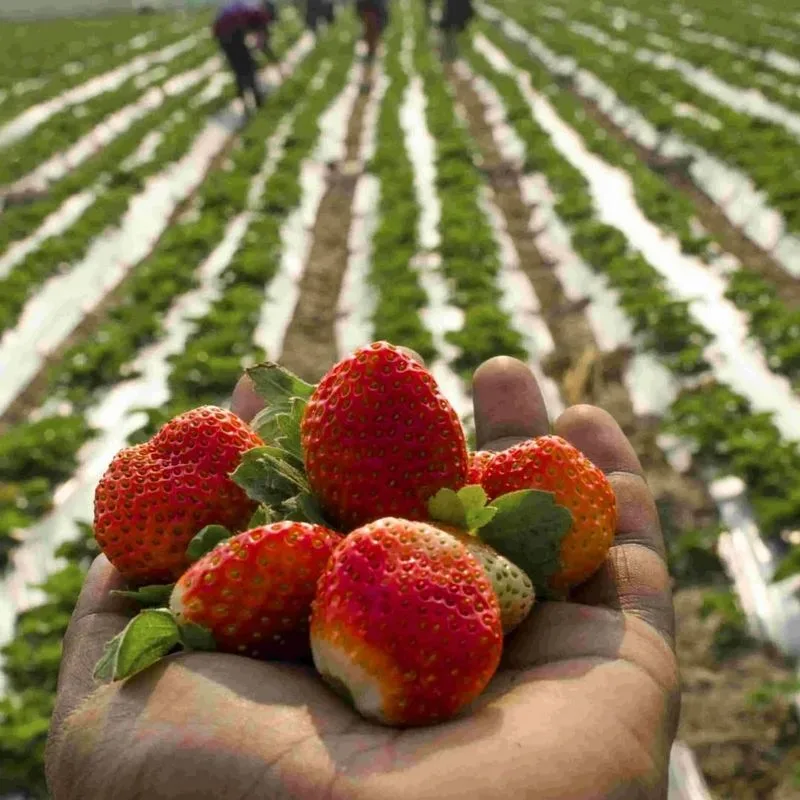
Surprisingly, strawberries share a botanical lineage with roses. Both belong to the Rosaceae family, a connection that sheds light on the strawberry’s fragrant charm and delicate blossoms. This familial relationship enhances our appreciation for the aesthetic and aromatic qualities that strawberries bring to gardens and dishes alike. Understanding this connection can deepen the appreciation for the strawberry’s graceful elegance and its role in both the culinary and horticultural worlds. It’s a testament to how nature intertwines beauty and sustenance in unexpected ways.
Strawberries Can Be Grown in Various Containers
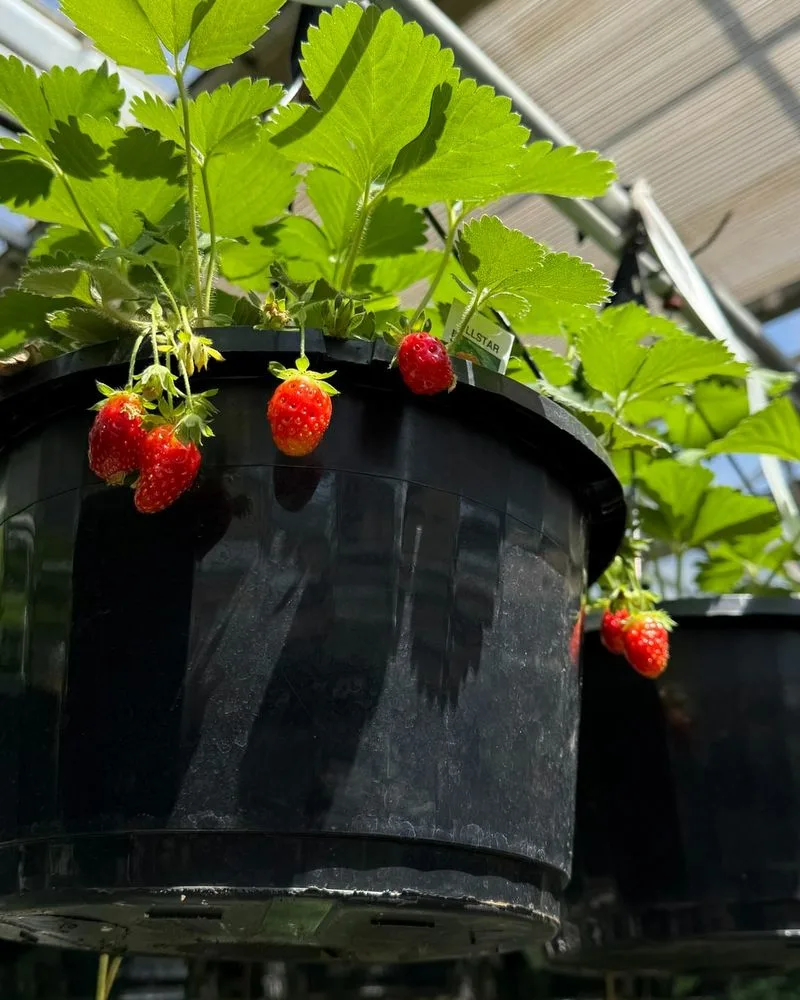
The versatility of strawberries extends to their growing conditions. Whether planted in traditional garden beds, pots, hanging baskets, or vertical gardens, strawberries can thrive in diverse environments. This adaptability makes them ideal for urban gardeners or those with limited space. Growing strawberries in different containers not only enhances accessibility but also adds a decorative touch to any setting. This flexibility allows anyone to cultivate these delicious fruits, turning small spaces into productive and beautiful green areas. It opens possibilities for creative gardening solutions.
Strawberries Were Once Considered a Luxury Item

In the 14th century, strawberries were a symbol of luxury and sophistication, often gracing the tables of nobility. Their presentation at banquets signified wealth and elegance, making them a coveted delicacy. This luxurious association contrasts with today’s widespread accessibility, but hints at the fruit’s enduring allure and value. The historical notion of strawberries as a luxury item adds a rich layer to their cultural and culinary narrative, reminding us of their journey from exclusive treats to everyday indulgences. It’s a testament to their timeless appeal and evolving status.
California Produces the Most Strawberries in the USA
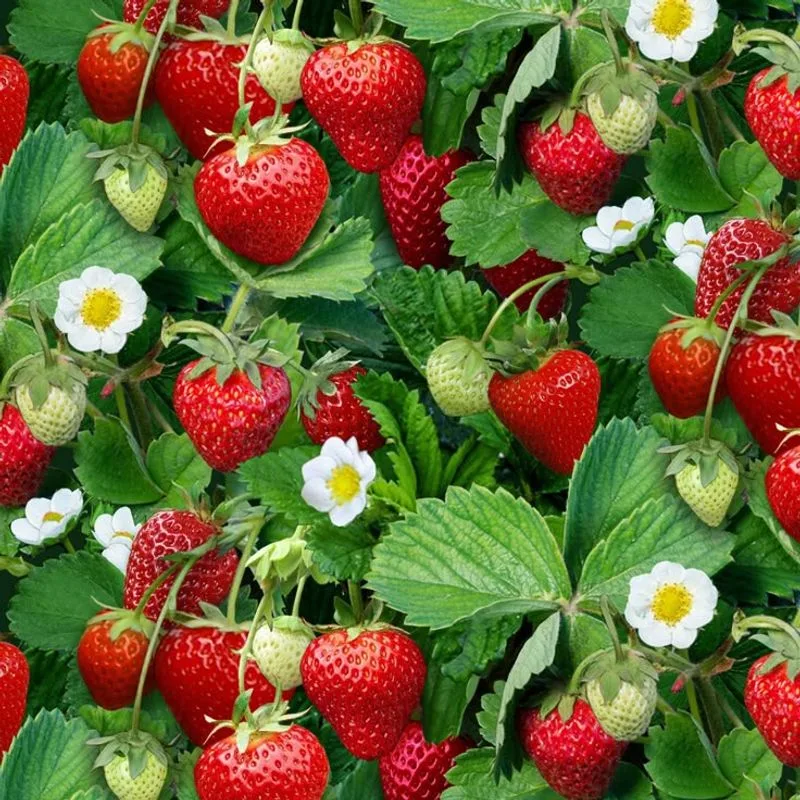
When it comes to strawberry production in the United States, California reigns supreme. The state’s ideal climate and fertile soil contribute to its dominance, producing nearly 90% of the nation’s strawberries. This agricultural prowess ensures a steady supply of fresh strawberries across the country, making California a key player in the strawberry industry. The extensive strawberry fields symbolize the state’s contribution to American agriculture, reflecting innovation, sustainability, and dedication. California’s role in strawberry cultivation underscores the importance of environment in shaping food landscapes.
The Name “Strawberry” Has Uncertain Origins
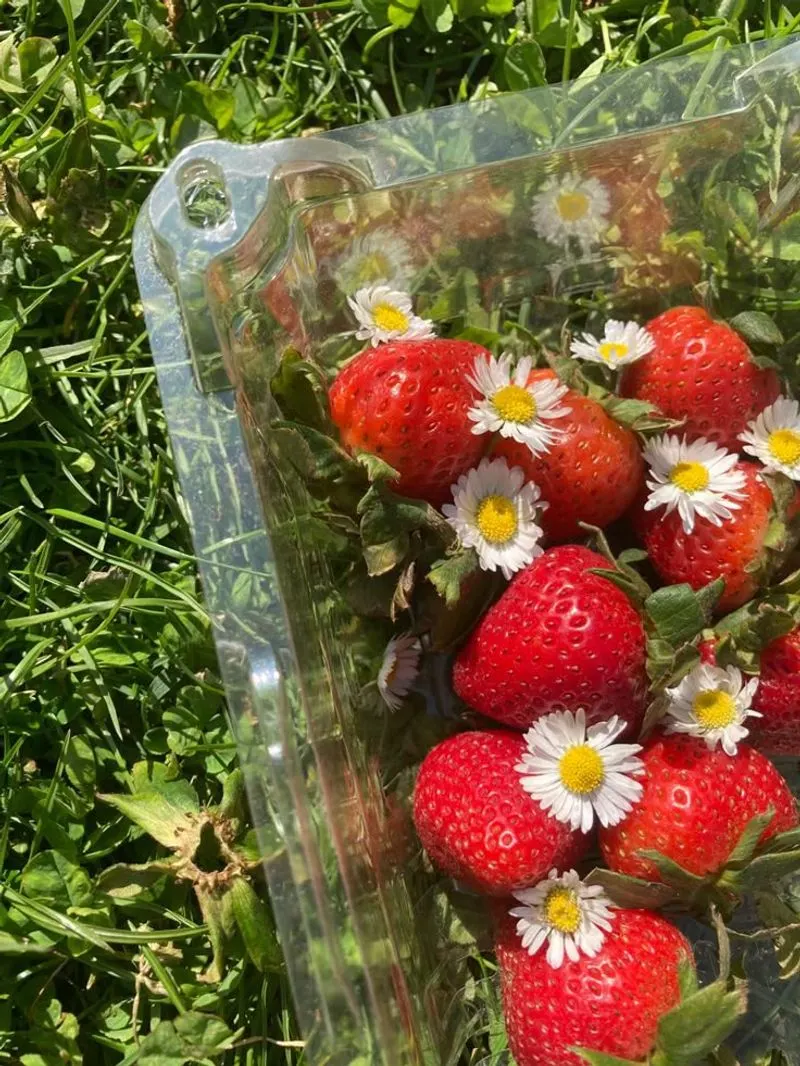
The etymology of the word “strawberry” is shrouded in mystery, with several theories attempting to explain its origin. Some suggest it comes from the practice of using straw to mulch the plants, while others believe it refers to the way strawberry runners “strew” across the ground. This linguistic enigma adds a layer of intrigue to the fruit, reflecting its rich historical tapestry. While the true origin may never be known, the name continues to evoke curiosity and wonder, much like the vibrant fruit itself. It’s a nod to the strawberry’s enigmatic and storied past.
Strawberries Can Be Used as a Natural Teeth Whitener

Beyond their delectable taste, strawberries possess natural teeth-whitening properties. The malic acid found in strawberries acts as a gentle astringent, helping to remove surface stains on teeth. While not a replacement for professional dental care, this natural remedy offers a pleasant and fruity way to enhance your smile. Incorporating strawberries into your oral care routine adds a flavorful twist to dental hygiene, tapping into the fruit’s multifaceted benefits. It’s an example of how nature’s bounty can contribute to personal care and wellness in unexpected ways.
The First Garden Strawberry Was Grown in France
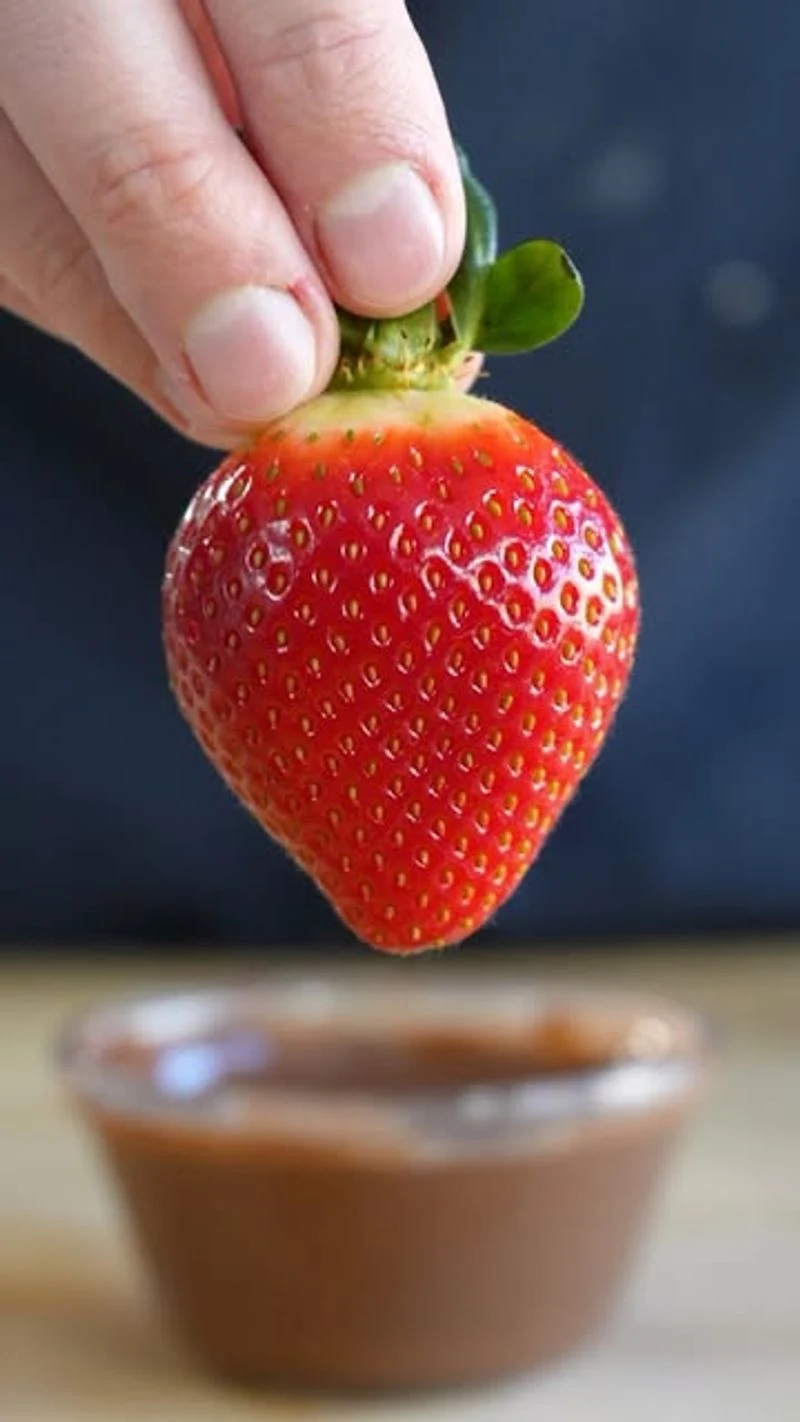
The history of cultivated strawberries began in 18th-century France, where the first garden strawberry was bred. This development marked a significant milestone in the domestication of the fruit, transforming it from a wild delicacy into a cultivated crop. The French innovation laid the foundation for today’s diverse strawberry varieties, highlighting the blend of horticultural skill and creativity. This historical moment reflects the journey of strawberries from wild fields to gardens worldwide, celebrating the plant’s adaptability and enduring appeal. It’s a testament to the art of cultivation and tradition.
Strawberries Are the First Fruit to Ripen in Spring

As the herald of spring, strawberries are the first fruit to ripen in the season, bringing a vibrant splash of color and flavor to tables after the winter months. Their early arrival is celebrated by gardeners and food enthusiasts alike, signaling the start of fresh, seasonal produce. The springtime ripening of strawberries marks a renewal in the culinary calendar, offering a taste of warmer days and new beginnings. This timely emergence adds to the appeal of strawberries, making them a symbolic and delicious prelude to the bounty of spring.
Strawberry Seeds Are on the Outside
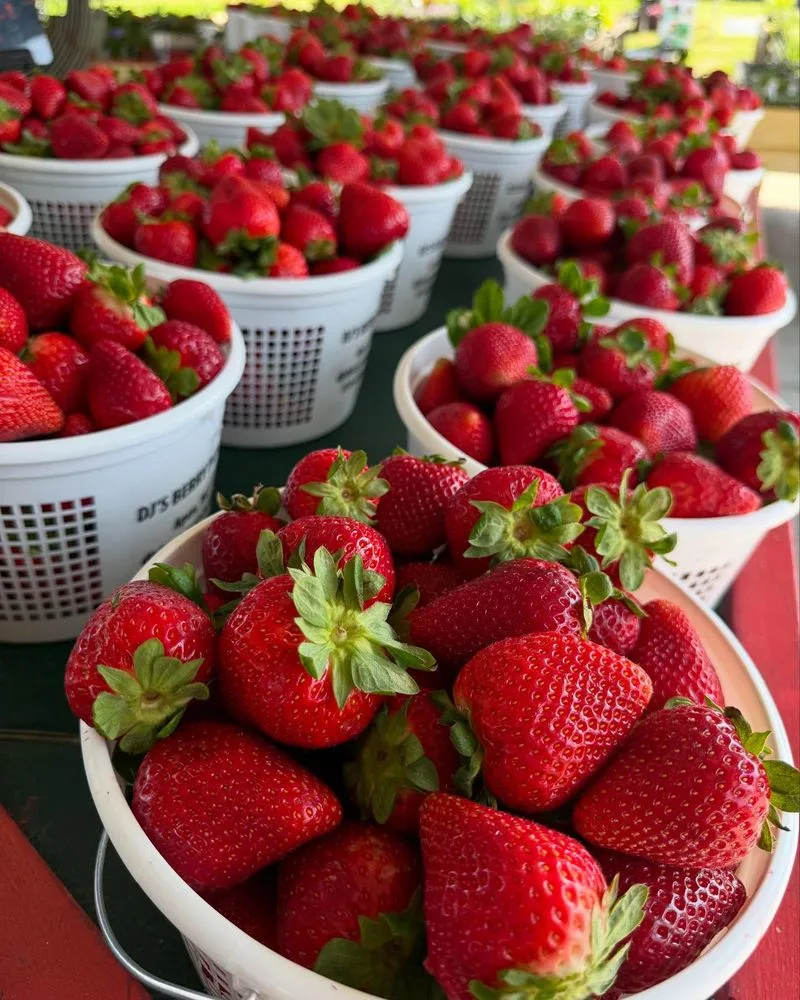
Unlike most fruits, strawberries display their seeds on the outside, with an average berry boasting around 200 tiny seeds. This unique feature distinguishes strawberries from many other fruits and highlights their botanical quirkiness. The external seeds contribute to the strawberry’s distinctive texture and appearance, sparking curiosity and admiration. This characteristic also invites exploration into the science of fruit development, underscoring the strawberry’s one-of-a-kind nature. It’s a detail that makes strawberries stand out in the world of fruits, inviting us to appreciate their singular beauty.
Strawberries Can Improve Heart Health
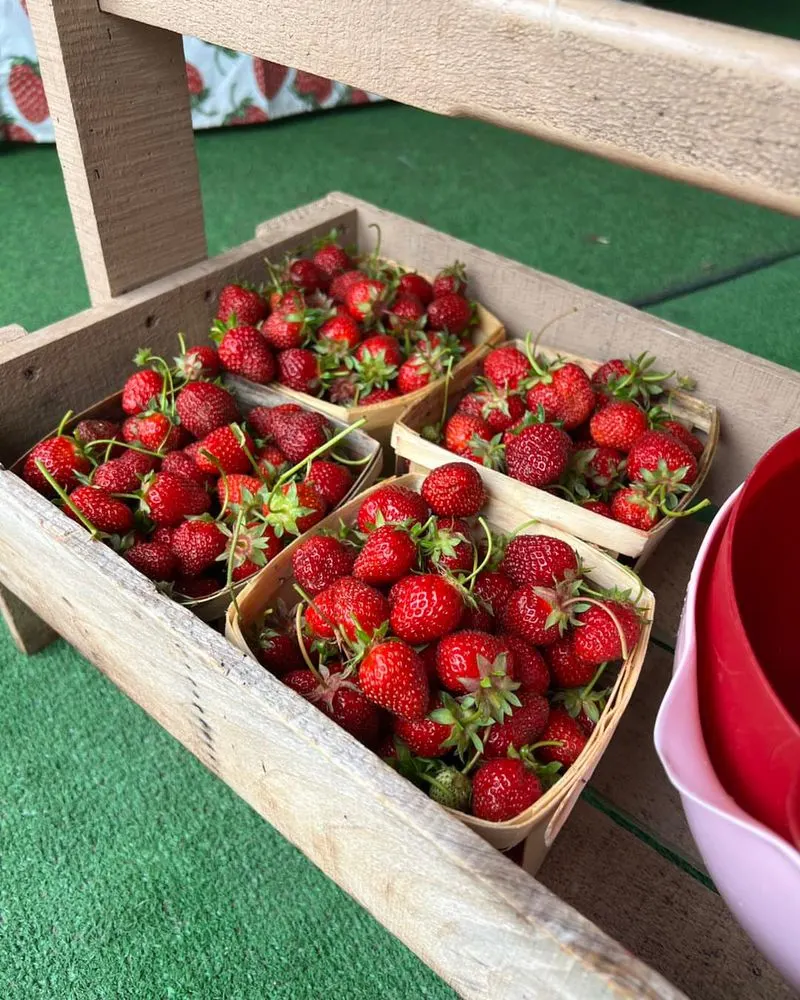
Incorporating strawberries into your diet can contribute to heart health, thanks to their rich content of antioxidants, fiber, and vitamin C. These components work together to promote cardiovascular wellness by reducing inflammation and improving cholesterol levels. Enjoying strawberries is a delightful way to support heart health while savoring their natural sweetness. This heart-friendly aspect of strawberries adds another dimension to their culinary appeal, making them a valuable addition to a balanced diet. It’s a tasty reminder of how indulging in nature’s offerings can nurture well-being.

